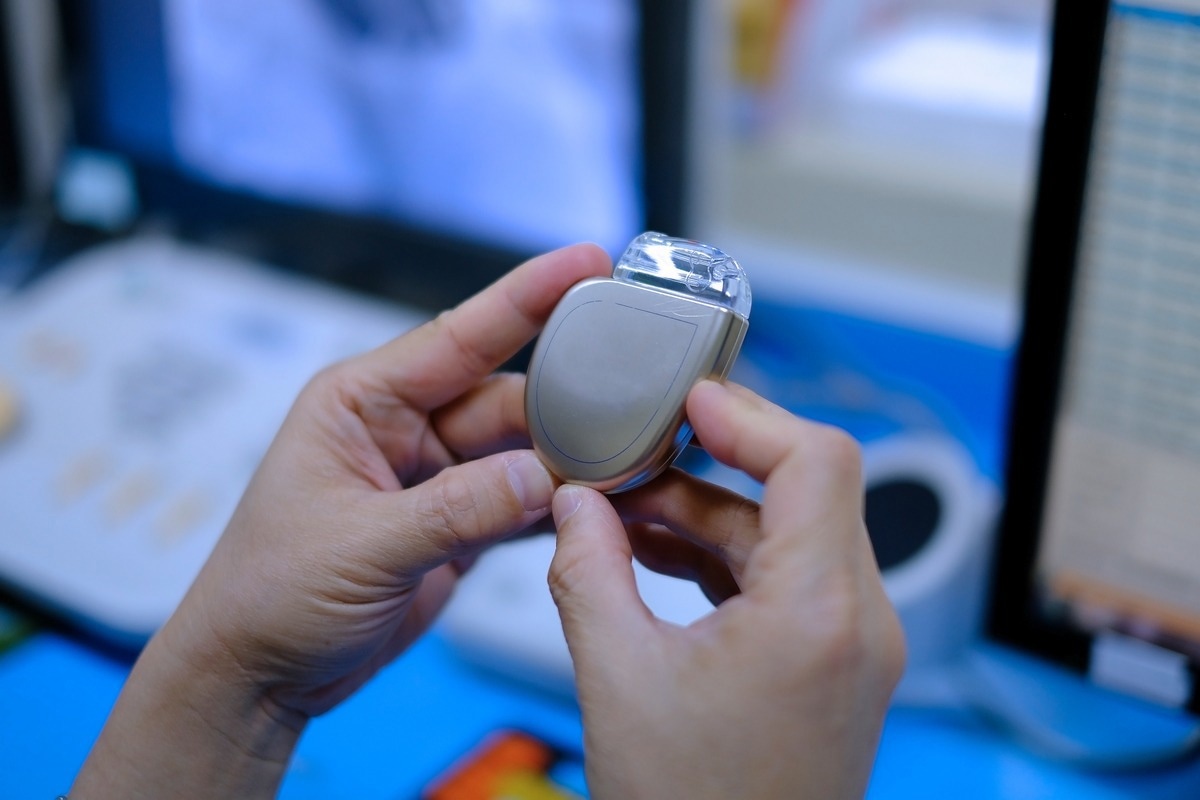What are implantable medical devices?
Common examples of implantable medical devices
Leading manufacturers of implantable medical device
References
Further reading
Implantable medical devices are introduced into the human body through surgery or other medical interventions to serve specific functions. The most common examples of implantable medical devices include artificial joints, breast implants, cochlear implants, intraocular lenses, pacemakers, other cardiac implants, and intrauterine contraceptive devices.

Image Credit: PIJITRA PHOMKHAM/Shutterstock.com
What are implantable medical devices?
Implantable medical devices are placed into the human body either permanently or temporarily to support functions of specific organs or tissues, monitor physiological activities, or deliver medicines. Some implants are prosthetics and intended to replace damaged body parts. These devices could be made up of human tissues or exogenous materials, such as metals, plastics, and ceramics.
The functioning of active implantable medical devices depends on an electrical energy source other than that directly generated by the human body or gravity. These battery-powered devices are commonly used to support cardiac functions and are intended to remain inside the body after the surgical or medical implantation procedure.
Common examples of implantable medical devices
Cardioverter defibrillator
A cardioverter defibrillator is a battery-powered medical device implanted in the…



























































